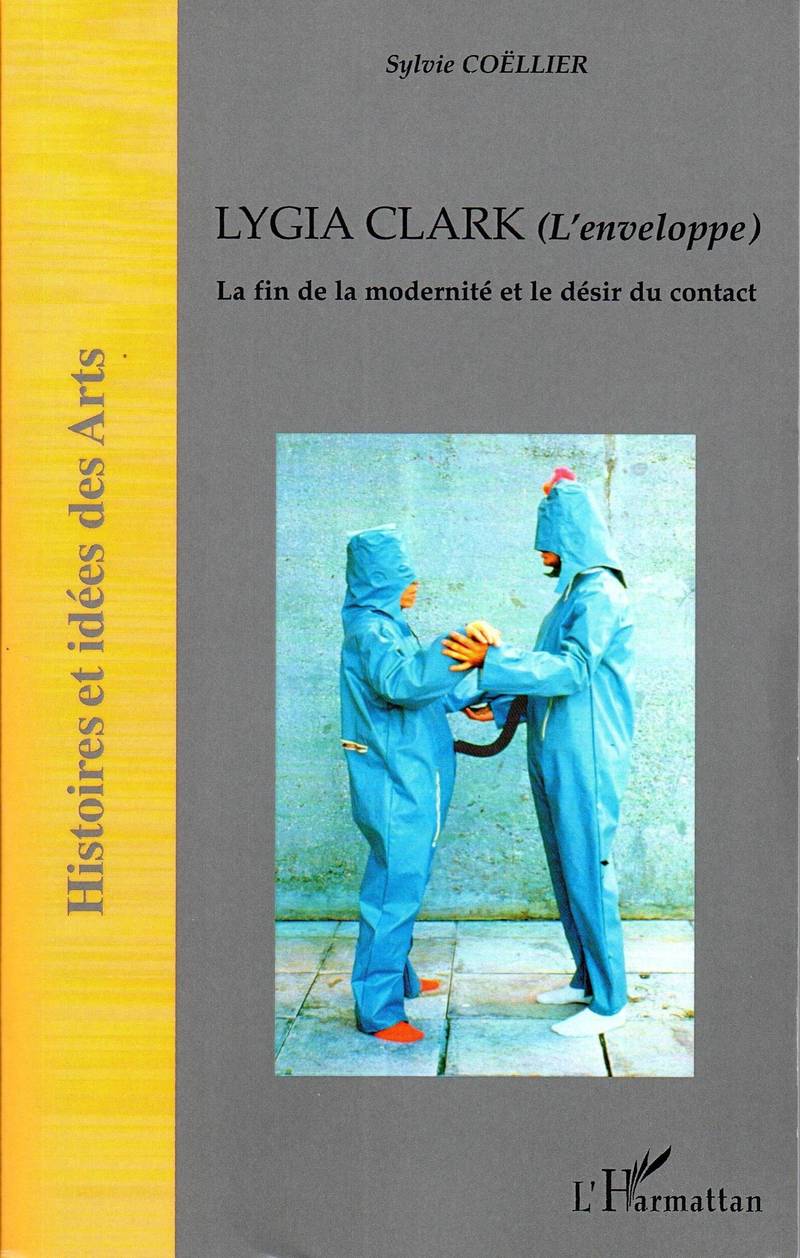Lygia Clark (1920–1988) is one of the most important artists of Brazil. Representing “neoconcret” art around 1960, she developed “sensory propositions” during the following decade, in Rio and Paris where she lived from 1968 to 1976, transforming the active Cree participant. More than any other artist before or after her, Lygia Clark questions the sense of touch, favoring enveloping flours generating contact. The first part of the book traces the path of his invention by showing the power of the envelope to summon the body and to represent the feminine. The second part of the book looks for the historical upstream of the enveloping configuration by comparisons; antitheses and put in perspective with works of representative artists: Klein, Manzoni, Morris, Christo, Oldenburg, Beuys, but also Giacometti and Moore. Lygia Clark's “sensory propositions” are thus contextualized to outline a history of the imaginary gendered body in the history of art between the end of the Second World War and the 1970s.
- / Author
- / Mentioned
